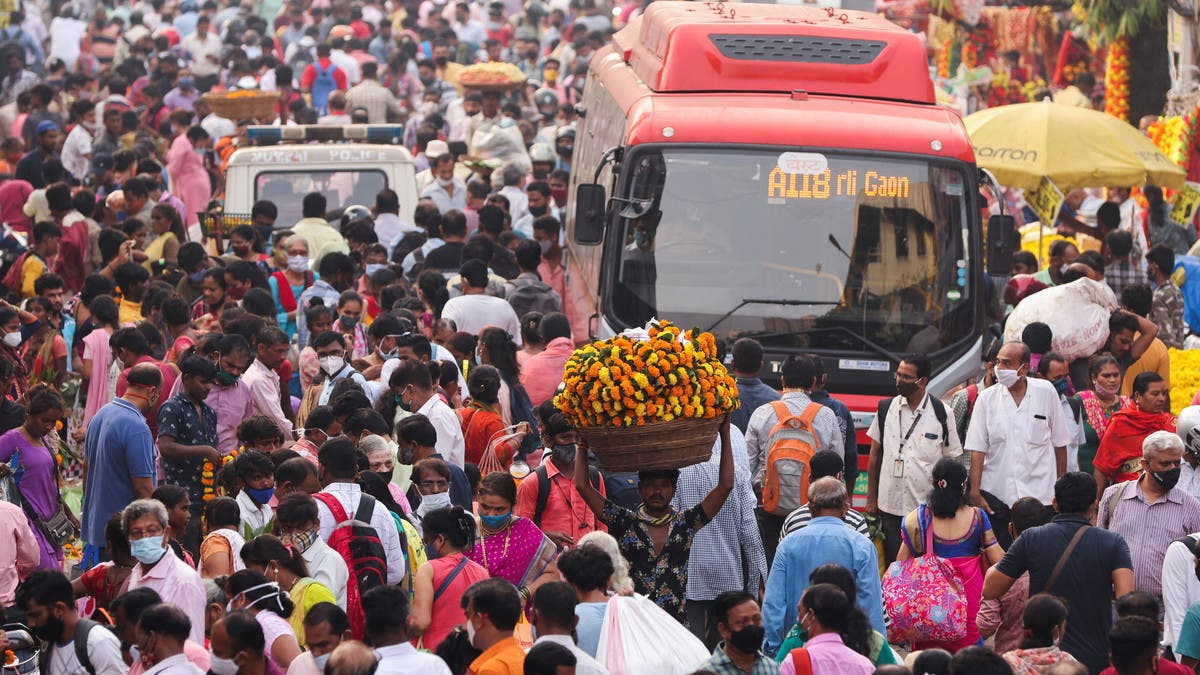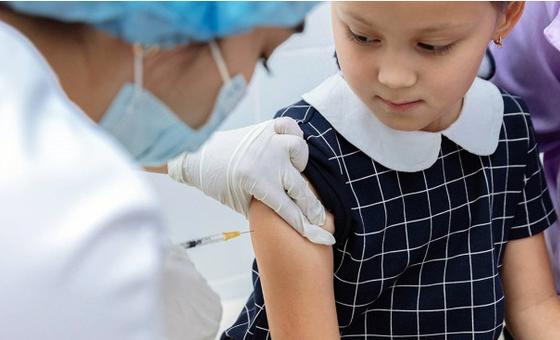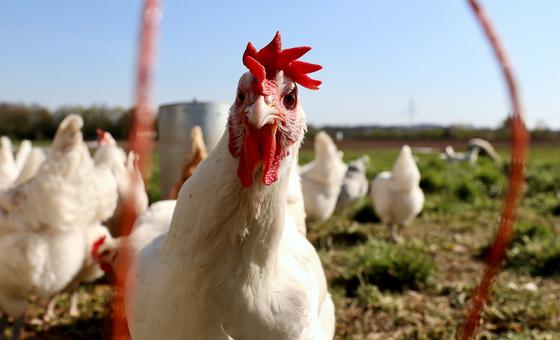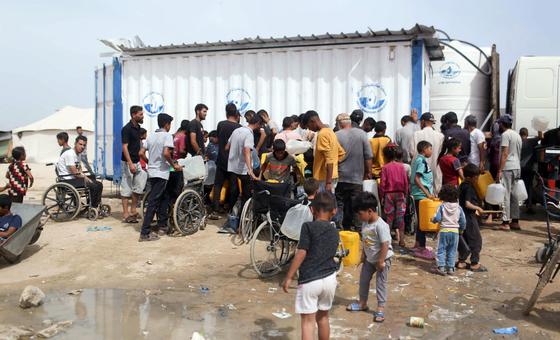Indian health officials said Thursday there were signs of COVID-19 infections plateauing in some parts of the country but cautioned that cases were still surging in other states, linked to a new, stealthier version of the omicron variant.
Most of the cases were concentrated in 10 states, where over 90 percent of patients had mild symptoms and were being treated at home, Lav Agarwal, a federal health official, said at a media briefing.
For more coronavirus news, visit our dedicated page.
The rate of infection in Haryana, Uttar Pradesh and Delhi in the north, Maharashtra on the western coast, and West Bengal, Odisha in the east has begun dipping, he said. However, cases are still rising in the southern states of Karnataka, Kerala, Tamil Nadu along with Gujarat and Rajasthan in the northwest.
“Early indication of a plateau in cases are being reported in certain geographies,” said Agarwal.
He said that the number of people who needed oxygen support or had to be hospitalized during the current surge was lower than in the one fueled by the delta variant last year, which capsized India’s public health system.
There are only a few states in India where the delta variant is still circulating. Genetic sequencing indicates that the initial spike in cases in December was powered by an early version of the omicron variant. But most new cases are now linked to a different version called BA.2 — a stealthier version of the omicron, which some scientists worry may also be more transmissible.
The dip in cases has prompted some local authorities to relax restrictions. In New Delhi, restaurants, bars, and movie theaters can now run at half capacity.
Health experts cautioned that with restrictions loosening, infections were likely to increase.
“This is a balance that we always have to play with,” said Dr. Jacob John, who studies viruses at the Christian Medical College in southern Vellore city.
Over half of India’s population is fully vaccinated. And around 20 percent are waiting for a second shot. India started giving a booster shot to some vulnerable groups earlier in January, but health officials said that there has been no discussion about whether booster shots were necessary for the wider population.
The country detected over 250,000 new infections on Friday, but Dr. Vineeta Bal, who studies immune systems at the Indian Institute of Science Education Research in Pune city, warned that these was an undercount.
She said that India’s pandemic efforts were still being marred by chronic issues like under-reporting of infections and patchy data but minimizing the number of people who needed to be hospitalized was key.
“And fortunately, so far, even in the good, the bad and the ugly … it hasn’t gone out of hand,” she said.
Read more:
UAE allows entry for travelers from 12 African countries
Philippines to reopen borders to vaccinated tourists after nearly two years
Moderna begins testing omicron-matched COVID-19 shots in adults

 World2 years ago
World2 years ago
 World2 years ago
World2 years ago
 Entertainment7 years ago
Entertainment7 years ago
 World7 years ago
World7 years ago
 Entertainment7 years ago
Entertainment7 years ago






